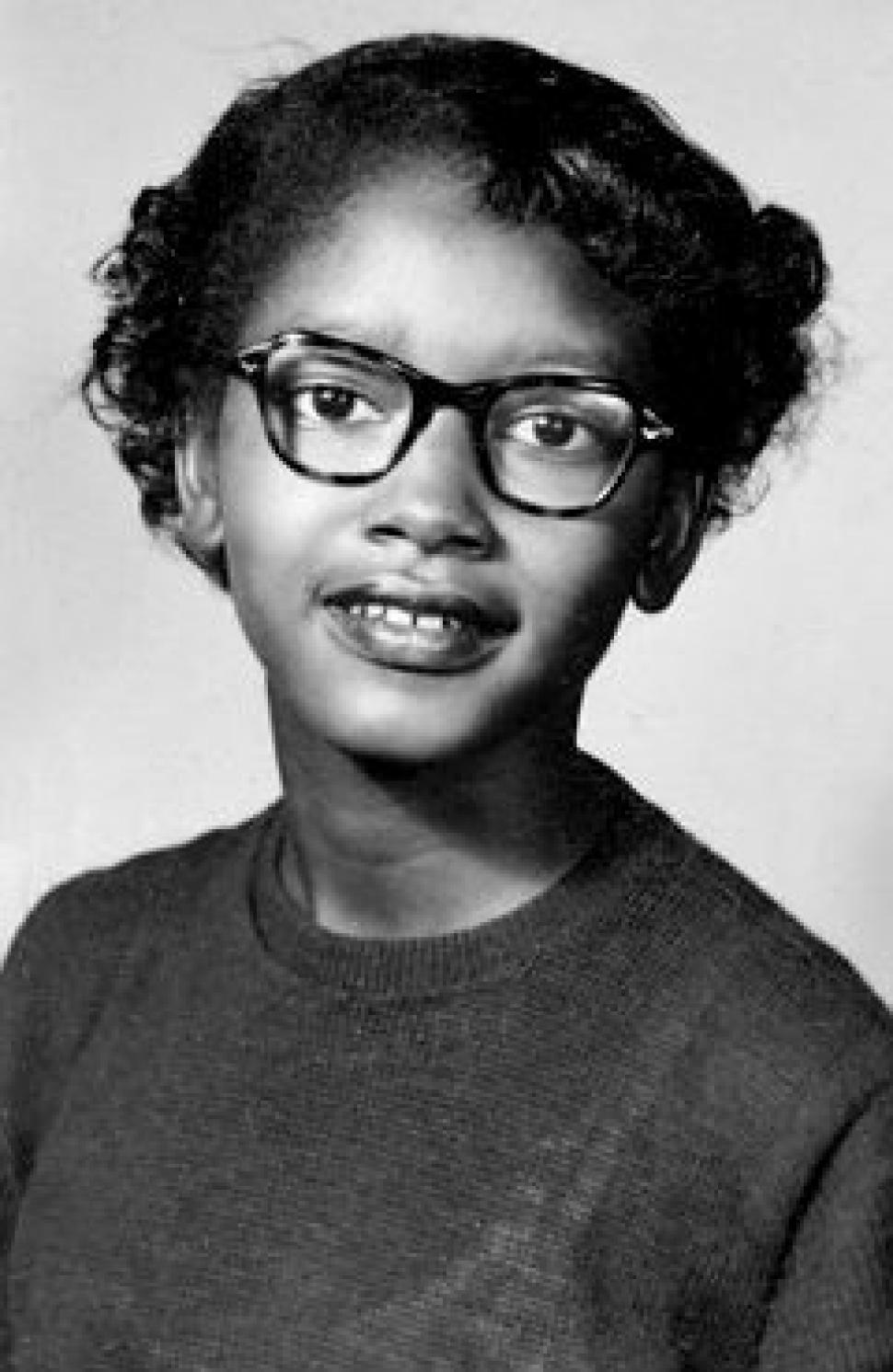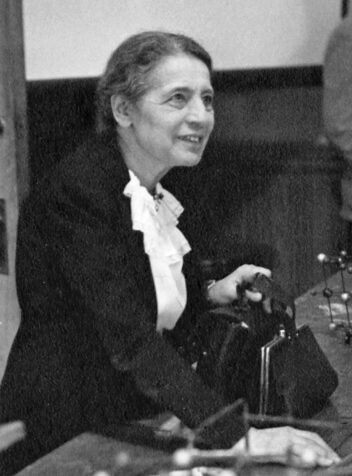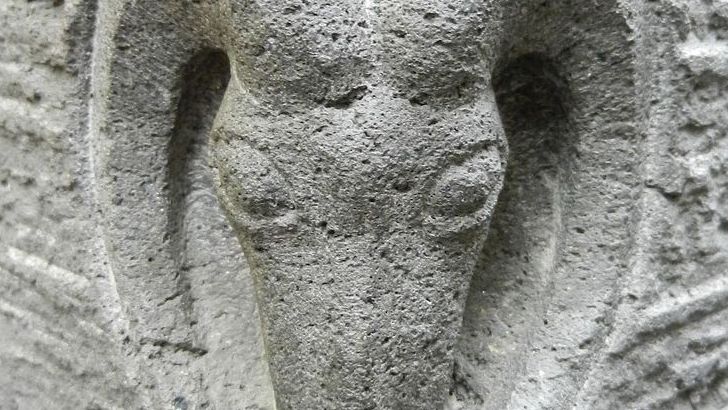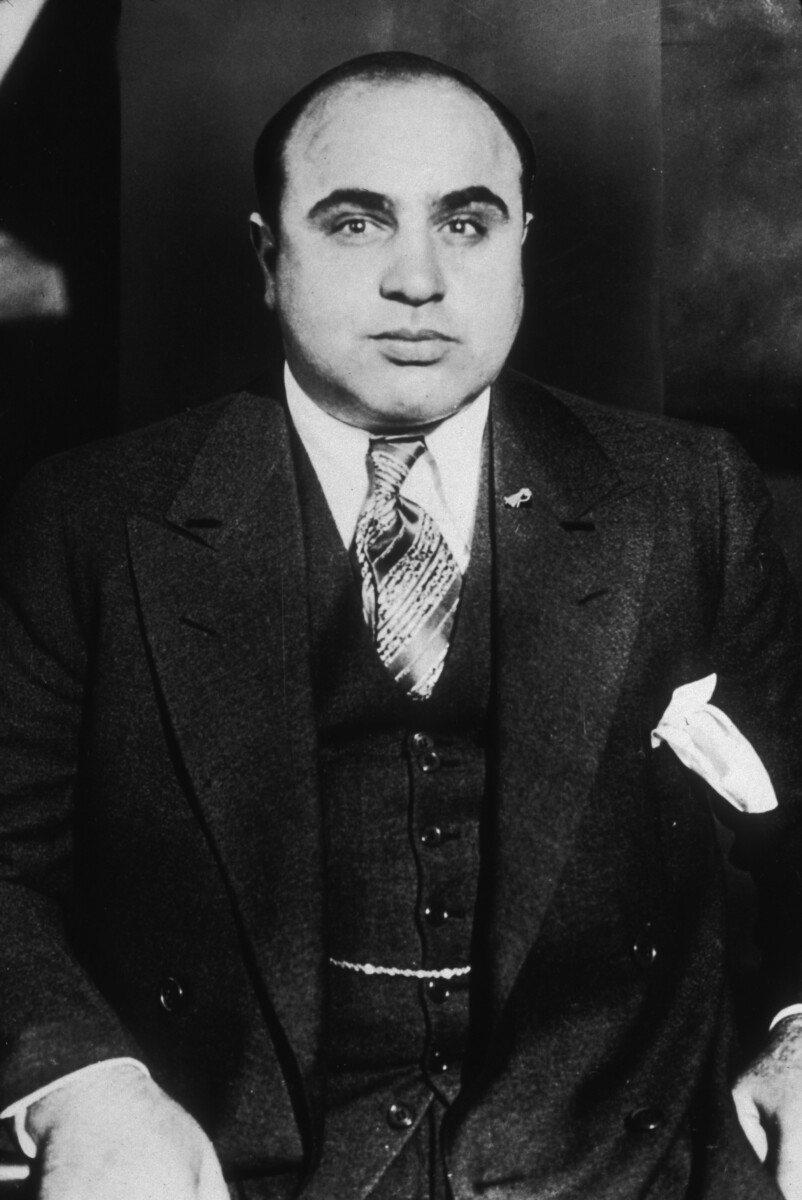Claudette Colvin: The Brave Teenager Who Sparked a Movement

Picture a scared fifteen-year-old girl sitting on a Montgomery bus, her heart pounding as she refuses to stand up. Claudette Colvin was arrested on March 2, 1955, at the age of 15 in Montgomery, Alabama, for refusing to give up her seat to a white woman on a segregated bus. This happened nine months before Rosa Parks did the same thing, yet most people have never heard of Claudette.
Her head was “just too full of Black history,” she later explained, feeling like “Sojourner Truth was on one side pushing me down, and Harriet Tubman was on the other side of me pushing me down”. The NAACP chose to use the 42-year-old Rosa Parks as the public face of the Montgomery bus boycott instead, believing an unwed teenage mother would not be the best representative for the movement. Colvin later joined three other women as plaintiffs in Browder v. Gayle, the case that ultimately overturned bus segregation in Alabama.
Hedy Lamarr: The Hollywood Actress Who Invented Modern Technology

Often called “The Most Beautiful Woman in Film,” Hedy Lamarr was more than what met the eye, as she was also an inventor with a sharp mind. While millions knew her face from movie screens, few realized she was quietly working on groundbreaking technology that would change the world. When World War II broke out, Lamarr didn’t want to sit around making movies; she wanted to significantly contribute to the war effort.
Along with avant-garde composer George Antheil, Lamarr developed a new method of “frequency hopping,” a technique for disguising radio transmissions by making the signal jump between different channels in a prearranged pattern. Their “Secret Communication System” was created to combat Nazis during World War II, but the U.S. Navy ignored their findings until years later when other inventors realized how groundbreaking the work was. If you use a smartphone today, you can thank Lamarr—her communication system was a precursor to wireless technologies including Bluetooth and Wi-Fi.
Katherine Johnson: The Human Computer Who Sent America to Space

Katherine Johnson was one of the few African American women hired to do computing in the navigation and guidance department at Langley’s Research Center in Virginia. She faced the double challenge of being both a woman and a person of color in a field dominated by white men. She was excellent in her work field and many astronauts made sure that she had verified all the numbers before taking off for the expedition.
In 1962, Johnson and Ted Skopinski worked on equations to track, land and maneuver a spacecraft in orbital flight, with the equations in that report (which were mostly Johnson’s) providing the mathematical backbone for America’s first spaceflight in May 1961 and America’s first orbital mission in February 1962. It was a prestigious thing to claim credit for, especially for a woman of color in the 1960s, yet her supervisor was pushing her co-author Ted to put his name on the final report. Ted later insisted Katherine do so because she had done most of the work.
Lise Meitner: The Nuclear Physicist Denied Her Nobel Prize

Born in Vienna, Austria, in 1878, Lise Meitner’s work in nuclear physics led to the discovery of nuclear fission—the fact that atomic nuclei can split in two, a finding that laid the groundwork for the atomic bomb. After finishing her doctoral degree in physics at the University of Vienna, Meitner moved to Berlin in 1907 and started collaborating with chemist Otto Hahn, maintaining their working relationship for more than 30 years.
After the Nazis annexed Austria in March 1938, Meitner, who was Jewish, made her way to Stockholm, Sweden, continuing to work with Hahn by corresponding and meeting secretly in Copenhagen. Although Hahn performed the experiments that produced evidence supporting nuclear fission, he was unable to come up with an explanation, and later published their findings without including Meitner as a co-author. Hahn alone won the 1944 Nobel Prize in chemistry for his contributions to splitting the atom.
Rosalind Franklin: The Crystallographer Who Unlocked DNA’s Secrets

Born in 1920 in London, Rosalind Franklin used x-rays to take a picture of DNA that would change biology. Hers is perhaps one of the most well-known—and shameful—instances of a researcher being robbed of credit. Franklin’s excellent X-ray photographs, to which Watson and Crick had gained access without her permission, were critical to the correct solution.
Franklin’s work on X-ray diffraction provided the crucial insight needed to understand the structure of DNA, with her photographs of DNA, especially the famous “Photo 51,” being instrumental in confirming the double helix structure. However, Franklin’s role was largely ignored when James Watson and Francis Crick published their groundbreaking paper in 1953, with Watson, Crick, and Maurice Wilkins going on to receive the Nobel Prize in 1962 for the discovery. Recent research suggests Franklin was no victim in how the DNA double helix was solved, with overlooked documents revealing she was an equal player.
Chien-Shiung Wu: The Physicist Who Shattered Scientific Law

Chien-Shiung Wu, a Chinese-American physicist, made groundbreaking contributions to nuclear physics, particularly in beta decay experiments, yet despite her critical role in disproving the law of conservation of parity, Wu was not awarded the Nobel Prize, which went to her male collaborators. She conducted the famous Wu experiment that revolutionized our understanding of fundamental physics.
Wu proved that the “law of parity conservation”—that subatomic objects and their mirror images must behave the same way—was no law at all, even though two male colleagues won the 1957 Nobel Prize for disproving it while Eugene Wigner shared the 1963 Nobel Prize in Physics in part for formulating that discredited “law”. Wu’s story highlights the challenges women face in receiving recognition within the scientific community, though her dedication and pioneering work continue to inspire countless women in physics.
Grace Hopper: The Admiral Who Taught Computers to Talk

Grace Hopper was a pioneering computer scientist who developed the first compiler for a computer programming language, leading to the creation of COBOL, with her innovative work in computer science laying the foundation for modern programming languages. She literally taught computers how to understand human language, making programming accessible to countless people.
Her work revolutionized how humans interact with computers, yet most people don’t realize they use her innovations every day. Despite her contributions, Hopper’s achievements are often overshadowed, though her story underscores the critical role women have played in technology development. Her ability to envision the future of computing paved the way for new technological advancements.
Nellie Bly: The Journalist Who Exposed America’s Dark Secrets

Nellie Bly was an American journalist renowned for her pioneering work in investigative journalism, famously going undercover in a mental institution in the late 19th century to expose its poor conditions, leading to significant reforms. She risked her own safety and sanity to shine light on the brutal treatment of vulnerable patients.
Her fearless reporting style broke new ground for journalism and women’s roles in media. In an era when women’s voices were often silenced, Nellie Bly pushed boundaries in journalism, fearlessly tackling subjects that others dared not explore. She showed that women could be tough, determined investigators who could change society through their work.
Anna May Wong: The First Asian American Movie Star

Despite dealing with racism that plagued her career, Anna May Wong is still considered Hollywood’s first-ever Asian American movie star, with her talent earning her roles in over 50 domestic and foreign films. She also broke television barriers as the first Asian American to star in a TV show. A year before her death, she was honored with a star on the Hollywood Walk of Fame, becoming the first Asian American woman to receive one, and in 2022, the U.S. Mint began producing quarters with Wong’s face as part of the American Women Quarters Program.
Wong had to constantly fight against Hollywood’s racist stereotypes and limited roles for Asian actors. She often traveled to Europe to find better opportunities, proving her talent transcended the prejudices of American cinema. Her persistence opened doors for future generations of Asian American performers.
Joan Ganz Cooney: The Woman Who Created Educational Television

Joan Ganz Cooney was a TV pioneer who made waves in a time when few women had power in the media industry, catching the attention of Carnegie Corporation executive Lloyd Morrisett in 1966 when she was producing programs for New York public television. Together, they began discussing whether television could be an educational medium for children.
Cooney gained funds and did research, and when her proposal was rejected by the station where she worked, she left to join the Carnegie Corporation, founding the Children’s Television Workshop with Morrisett. She and other employees at the CTW teamed up with puppeteer Jim Henson and in 1969 produced the CTW’s first show, Sesame Street, with Cooney being recognized in both the Television Hall of Fame and the National Women’s Hall of Fame.
Susan B. Anthony: The Relentless Fighter for Women’s Voting Rights

Susan B. Anthony is one of the main reasons women get to collect a sticker on election days in the United States, as the 19th Amendment to the Constitution—which granted the right to vote to all U.S. women over 21 in 1920—is also known by her name. She dedicated her entire life to a cause she wouldn’t live to see fully realized.
According to the Susan B. Anthony House museum, she participated in her first women’s rights convention in 1852, and over the next 54 years, she published The Revolution, circulated petitions for married women’s property rights, established a press bureau, gave speeches, and formed Working Women’s Associations. Her unwavering determination in the face of constant setbacks and arrests made her the face of the suffrage movement.
The Lasting Impact of These Forgotten Heroes

Throughout history, these sung and unsung trailblazers—from women who took a stand as suffragists, abolitionists, and labor leaders to pioneering scientists and engineers, groundbreaking artists, proud public servants, and brave members of the Armed Forces—have all contributed to building our nation. Their stories remind us that progress often comes from the courage of individuals who refuse to accept the status quo.
Each of these remarkable women faced incredible obstacles, yet they persevered and changed the world in ways that continue to benefit us today. From the technology we use daily to the rights we take for granted, their contributions form the foundation of modern American society. Their stories deserve to be told, remembered, and celebrated not just during Women’s History Month, but every day of the year.
What would our world look like without these unsung heroes?






